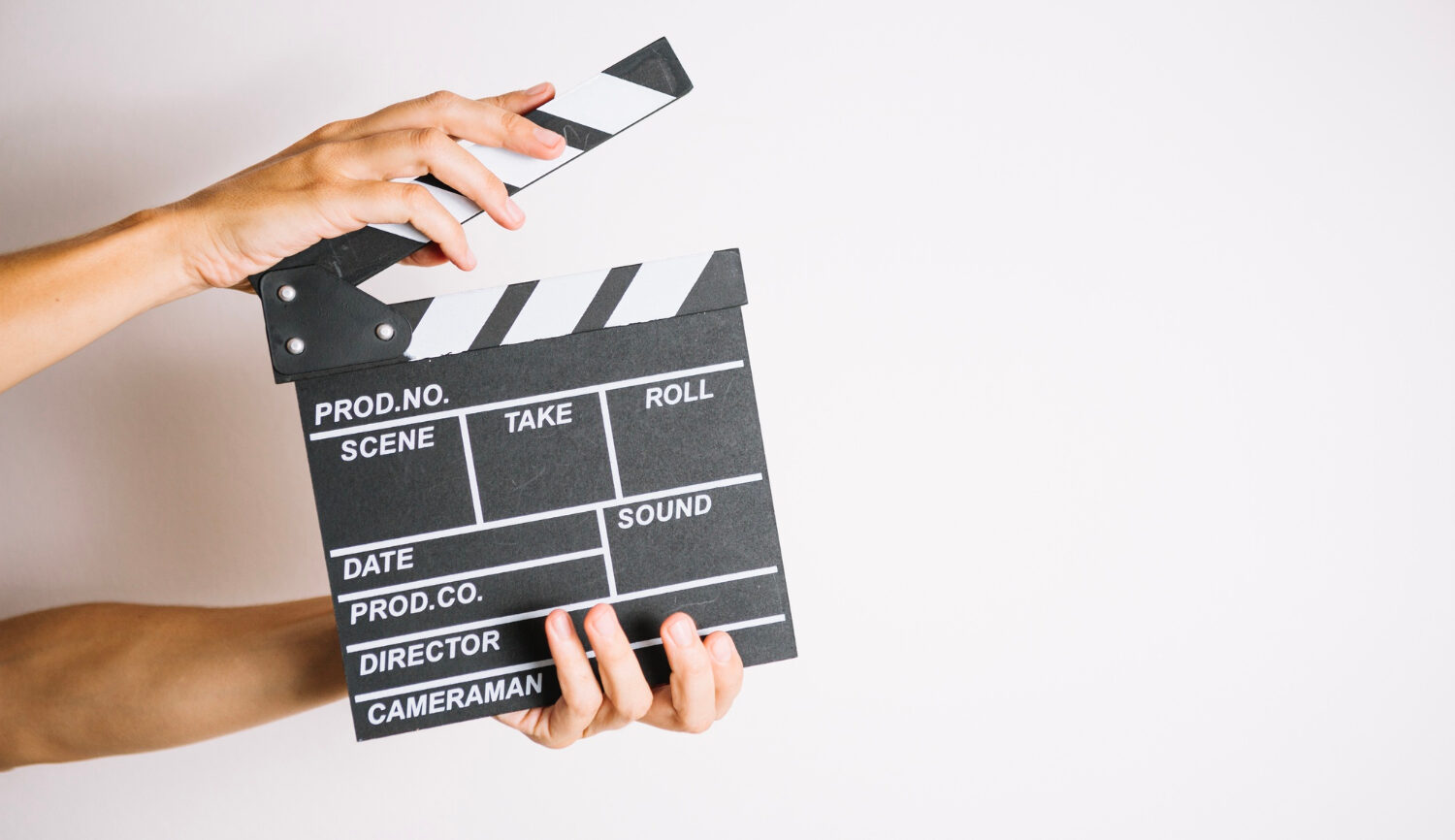M+E Daily

Technicolor Explores the Significant Role of Layout, Previs
Story Highlights
Layout and previsualization (previs) play a major role in creativity today in the world of film production, according to Sai Prasad Kokkula, trainer at the Technicolor Creative Studios Academy.
On July 25, during the 10th episode of the “Learn, Create & Grow” webinar series, on “Layout & Previs,” Kokkula provided viewers with a comprehensive understanding of layout and previs concepts, explored their definitions and their significance within various industries, including film, animation and game development, as well as their essential role in the production process.
Before introducing Kokkula, Annabelle Pais, training coordinator at Technicolor Creative Studios Academy, said: “Through the ‘Learn, Create and Grow’ webinar series … we aim to provide you with a captivating glimpse into the world of visual effects and its diverse departments. This is a great learning resource for aspiring students and talented artists alike.”
In the Academy’s expert-led FX master classes, “you will be able to explore a variety of topics through new episodes released every month.”
She described Kokkula as a visual effects expert with more than 12 years of experience, noting he has held multiple positions, including 3D artist, onset supervisor, VFX supervisor and VFX producer. Projects he has contributed to include the films Black Widow, Captain Marvel and Paddington, she said, noting “he has a remarkable skillset and has an unwavering passion that makes him an asset to the visual effects industry.”
Explaining what he does with Technicolor, Kokkula said: “I’m responsible for teaching aspiring artists the principles and techniques of layout and previsualization. In addition, we develop their skills in planning camera movements, setting up scenes, camera angles, compositions, lighting, and other cinematic techniques that allow us to plan and visualize shorts effectively using software such as Maya, which has long been an industry standard.”
 He told viewers: “It’s very important to lay out and previsualize things in VFX and filmmaking to make the pipeline work…. The previs and layout stages of filmmaking processes are essential to the success of VFX and VFX-based projects. Layout involves planning the placement of characters, props and other elements within a scene. This determines the composition of the scene, the spatial relationships and the camera angles. The process of previsualization goes one step further by creating rough animated sequences that shows [how] the final results look and feel. It is through this process that we can visualize and plan complex scenes to test creative ideas and to identify potential challenges before production begins.”
He told viewers: “It’s very important to lay out and previsualize things in VFX and filmmaking to make the pipeline work…. The previs and layout stages of filmmaking processes are essential to the success of VFX and VFX-based projects. Layout involves planning the placement of characters, props and other elements within a scene. This determines the composition of the scene, the spatial relationships and the camera angles. The process of previsualization goes one step further by creating rough animated sequences that shows [how] the final results look and feel. It is through this process that we can visualize and plan complex scenes to test creative ideas and to identify potential challenges before production begins.”
Previsualization and layout are hardly new, he noted, telling viewers they “have a long history dating back several decades.” He added: “Traditionally, directors and cinematographers used sketches or physical models to plan out camera movements and scene compositions in the early days of filmmaking. As technology advanced, digital tools such as computer graphics and 3D software became available, enabling more accurate and dynamic previsualization.”
That brings us to modern times, he said, when “layout and previsualization have become integral parts of the filmmaking pipeline, allowing filmmakers to plan and visualize complicated shots prior to shooting.”
There are, he said: “Some key principles that guide the process. One of them is composition in layout and previsualization. Composition is the arrangement of elements within a frame that creates a visual to convey meaning. The purpose of layout is to direct the viewer’s attention and tell the story effectively by placing characters, props, and other objects in the appropriate locations. During previsualization, the camera angles, movements and other overall design of the shot are explored in greater detail.”
He explained: “Our ability to create compelling and visually engaging sequences can be enhanced by applying compositional principles. To excel in the field of layout and previsualization, certain skills are crucial. One of the key skills is a strong foundation in cinematography. A true understanding of cinematography is essential since layout and previsualization involves the planning of camera movements, shot composition and visual storytelling. The ability to grasp cinematographic techniques such as framing, camera angles, lighting and shot sequencing is important to create visually appealing layout and previsualizations. In addition, professional software such as Maya or any 3D application is necessary.”
Several films have “made use of layout and previsualization during the production process,” he went on to say, pointing out: “There are numerous films that have relied heavily on layout and previsualization to create immersive worlds, choreograph epic battles and create breathtaking visual effects.”
As examples, he said, films including The Jungle Book and The Lion King were “carefully planned and visualized in advance.”
He added: “Throughout these films, we see the crucial role that layout and previsualization play in achieving the director’s vision and delivering stunning cinematic experiences.”









